
Developer: Max Mraz
Publisher: Nordcurrent Labs
Platform: Switch, PC
Tested on: Switch
Ocean’s Heart (Switch) – Review
Pretty much everyone that watched the February Nintendo Direct was hoping for more details about the as of yet untitled Breath of the Wild sequel. Unfortunately, it wasn’t meant to be, and the Direct didn’t feature any news about The Legend of Zelda. However, those still wanting to scratch their Zelda itch may have a new option to tide them over until Breath of the Wild 2 makes its debut. With Ocean’s Heart, solo developer Max Mraz is bringing his own version of a Zelda game to the Switch. Should you pick this love letter to the franchise up to tide you over until the real deal launches?
Story
The opening scenes introduce us to our young heroine, Tilia, and her family, who run a local tavern. After a short fetch quest, which serves as a tutorial more than anything, Tilia returns to the village to find it ransacked by pirates. Not only that, but her best friend Hazel has been kidnapped. Tilia wants to go rescue her, but her father tells her he’ll take care of things, and orders Tilia to stay home while he gives chase to the pirates. Six months later, neither Hazel nor Tilia’s father have returned, prompting our heroine to venture out into the world to find and rescue Hazel and her father. This marks the beginning of an epic quest that sends Tilia all over the archipelago that Ocean’s Heart is set in.
Graphics
Ocean’s Heart makes use of a lovely pixelated art style. We did feel like some of the environments felt a little ‘flat’ which can probably be attributed to the weird shading that is present, with some parts of an area fully shaded and others featuring no shading at all. Just take a look at the below screenshot, which has almost no depth to it. Compare this with some of the other screenshots in this review and you’ll see how much of a difference there can be within the same game. It’s a bit jarring, and a shame, as the sheer amount of colorful environments and fantastic character designs make for a visually interesting game. A little more polish could have gone a long way here to make Ocean’s Heart ‘pop’ more. Another thing that irked us somewhat was that the game’s aspect ratio wasn’t optimized for the Switch, and that there was a black border on either side of the screen throughout the entire game. These are small grievances and there is still plenty to love here visually, but details like this make us feel like the game’s visual presentation was an afterthought.
Sound
If there’s one complaint that we have about Ocean’s Heart’s soundtrack, then it is that there simply isn’t enough of it! The music present perfectly fits the adventurous atmosphere that the game sets up, and the retro tunes are beautiful, but there isn’t enough variation present, unfortunately. Given the sheer amount of different pixelated environments present, it feels odd that there is so much repetition, and even slight tweaks to existing tracks to make them fit the location better would have gone a long way here. Voice acting is non-existent, which shouldn’t be surprising given the game’s retro nature, and sound effects are okay but nothing special.
Gameplay
The game’s key artwork would have you believe that we’re getting a Breath of the Wild clone, but in practice, Ocean’s Heart gameplay is reminiscent of much older Zelda titles like Link’s Awakening. It’s a top-down 2D action-adventure RPG set in a massive world that is filled to the brim with dungeons, monsters, and sidequests. If you’ve ever played one of the classic Zelda titles, you have a pretty good idea of what to expect already, and although Ocean’s Heart is an impressive showcase of Max Mraz’s skill as a solo developer, the game doesn’t quite reach the same level of quality as the titles it was inspired by.
There were a couple of issues we had with Ocean’s Heart, and they were relevant to key aspects of Zelda-esque gameplay. First and perhaps foremost, the boss battles felt very underwhelming. The only difference between taking on an end-of-dungeon boss or a run-of-the-mill baddie is the number of hits with your swords it takes to kill them. This means that these fights will feel neither challenging nor memorable. The same also applies to the dungeon designs, the puzzles of which we felt could have been fleshed out more. As it stands, the game somewhat feels like a proof of concept, with expanded versions of the same dungeons and better boss battles needing to be slotted in. Finally, we would have loved an on-screen mini-map to aid in navigating the game’s different areas. Don’t let these issues deter you from considering picking up the game, however. For everything that Ocean’s Heart doesn’t get completely right, there are several elements that the game absolutely nails.
For one, exploring the world isn’t just fun but it also feels rewarding, as there is seemingly always a secret waiting to be discovered or a new sidequest ready for you to take on. While the majority of the game’s sidequests feature run-of-the-mill tasks such as fetching an item or slaying a specific enemy, there are some fantastic outliers, such as the one where you get involved with a birthday party for a dog. These are exemplary of the fantastically written NPCs. We’d go as far as to say that the NPCs are better in Ocean’s Heart than they are in the Zelda series, with nearly every one of them having something relevant or memorable to say.
Of course, Ocean’s Heart can’t just get by on its NPCs and sidequests, and the meat of the experience lies in the main story quest, which should take you roughly 10 hours to complete. It’s a well-balanced adventure that isn’t too challenging, but there is still plenty of meat to sink your teeth into here. What we particularly liked is how noticeable Tilia’s increase in power was as we progressed through the game. It’s another Zelda-inspired aspect that Ocean’s Heart nails. Tilia starts out fairly weak but as you pick up new gear, weapons, and eventually magical spells, there is a noticeable shift in how the game feels to play. We did feel like some of the late-game equipment, which is used to make your way through some of the dungeons, was somewhat underutilized but that’s a minor gripe in the grand scheme of things.
Should you still meet your untimely demise, you’re given the option to continue with most of your life restored at the point in the game where you fell. While this does diminish some of the challenge, it can be quite handy if you haven’t saved your game in a while. It also motivated us to keep playing even when things got a little rough rather than quit the game in frustration when we felt like we were being overwhelmed by some of the game’s trickier parts. That Ocean’s Heart incentivized us to press on during a frustrating part is perhaps the best argument to convince you that this is a game worth giving a shot.
Conclusion
Although Ocean’s Heart doesn’t quite live up to the franchise it takes inspiration from, it’s still an impressively good time. The dungeons and boss fights could have been fleshed out more, and had there been a mini map, we would’ve added an additional point to our final score. Even so, this is definitely a title worth looking into if you’ve been craving Zelda-esque gameplay. Keep your expectations in check, and you’ll probably end up pleasantly surprised.
Ocean's Heart (Switch) - Review,1 Comment
Leave a Reply
You must be logged in to post a comment.

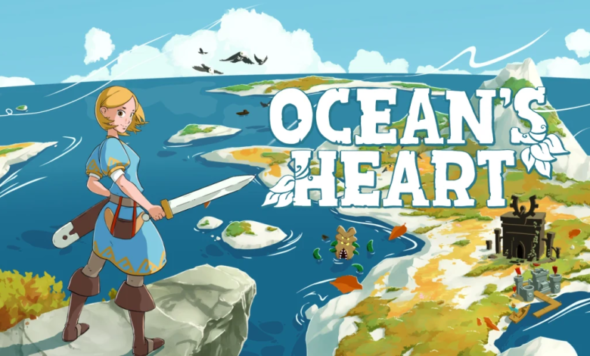
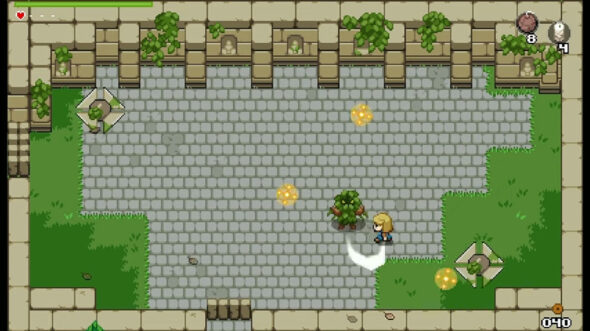

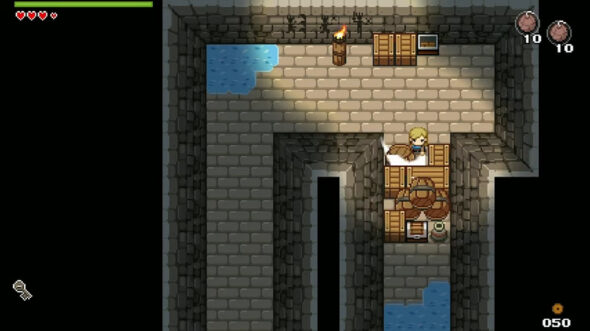
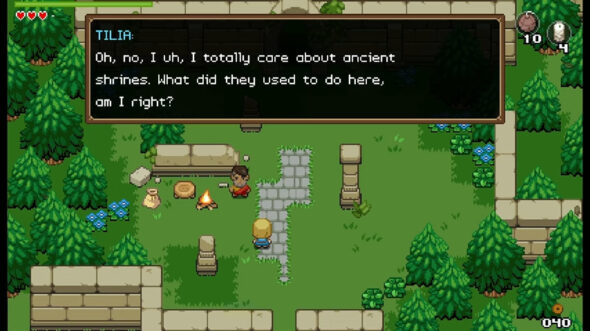
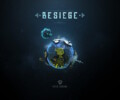
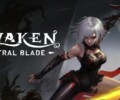


[…] designs of the dungeons and the villages reminded us of old school Legend of Zelda titles (and its derivatives). Contrasting with the old-school pixel art are the “off-screen” areas. These are […]